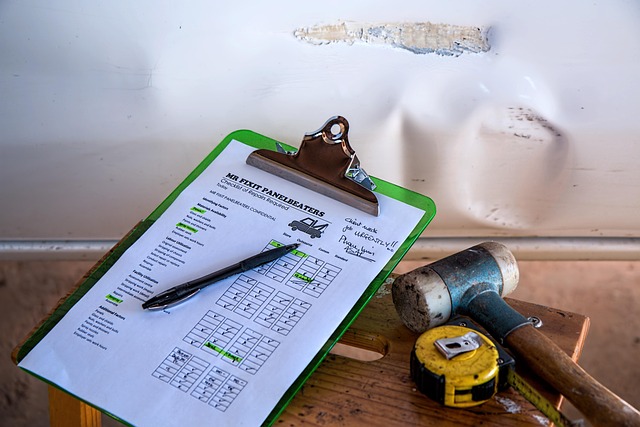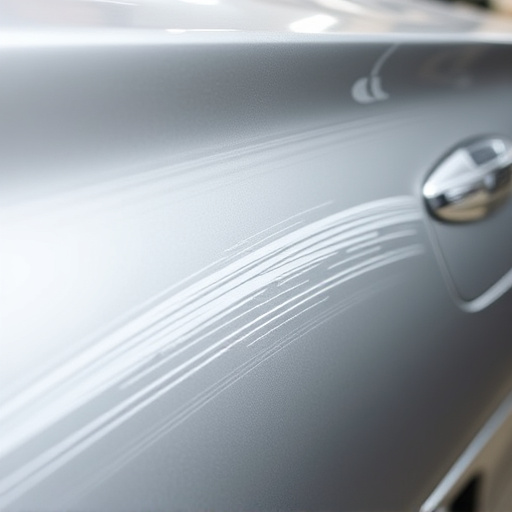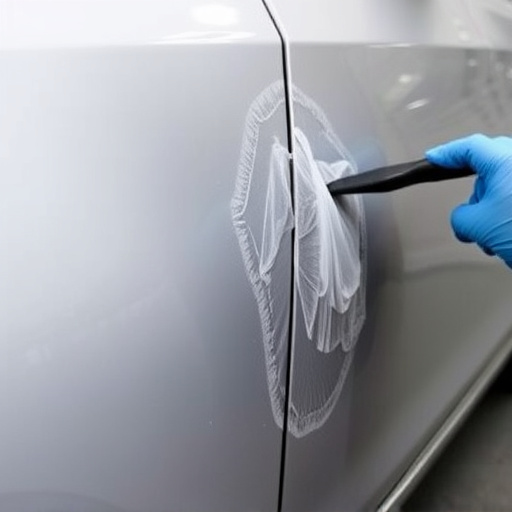Mercedes Burmester sound repair involves specialized care for optimal channel performance. Observing volume and clarity differences identifies fading issues caused by faulty components or connections. Professionals use advanced tools like frequency response tests to diagnose problems, replacing or repairing components as needed. A meticulous process from assessment to calibration ensures enhanced audio quality and vehicle listening experience.
Mercedes Burmester sound systems are renowned for their superior audio quality, but even these sophisticated systems can experience issues, notably fading channel problems. This comprehensive guide delves into the intricacies of diagnosing and repairing these challenges. We first explore the fundamentals of Mercedes Burmester sound systems, understanding their complex architecture. Then, we identify common causes of fading channels and provide a detailed step-by-step repair process to restore optimal audio performance.
- Understanding Mercedes Burmester Sound Systems
- Identifying and Diagnosing Fading Channel Issues
- Step-by-Step Guide to Sound Repair and Restoration
Understanding Mercedes Burmester Sound Systems

Mercedes Burmester sound systems are renowned for their superior audio quality and immersive listening experience, a hallmark of luxury vehicles. These sophisticated systems incorporate advanced engineering and innovative technologies to deliver crisp, clear sound across various settings, from cruising down the highway to enjoying high-fidelity music in the comfort of your home. Understanding the intricacies of these systems is key when addressing any issues, particularly fading channel problems.
Mercedes Burmester Sound Repair plays a crucial role in restoring the optimal audio performance of these intricate systems. While minor issues like fading channels might seem innocuous, they can significantly impact the overall listening experience. Professionals skilled in Mercedes Burmester sound repair employ specialized tools and techniques to diagnose the root cause, whether it’s a faulty component, loose connection, or damage from events like scratch repair or dent removal (from collision repair). Efficient troubleshooting ensures that each channel functions optimally, delivering the rich, balanced sound that owners expect and deserve.
Identifying and Diagnosing Fading Channel Issues

Identifying fading channel issues in a Mercedes Burmester sound system requires a systematic approach. Start by observing any noticeable differences in volume or clarity between channels. These discrepancies could indicate a faulty channel or a connection problem within the audio system. One common symptom is a gradual reduction in sound quality over time, where specific frequencies become distorted or missing.
Diagnosis involves utilizing specialized tools to measure signal strength and identify weak spots in the system. Automotive repair services professionals can perform frequency response tests and channel separation analysis to pinpoint issues. By comparing these measurements against industry standards, they can determine if a channel is fading and, if so, the extent of the damage. This process ensures that any repair work, whether it’s a simple connection adjustment or a complex component replacement, targets the exact problem areas, enhancing the overall Mercedes Burmester sound repair effectiveness.
Step-by-Step Guide to Sound Repair and Restoration

Repairing a fading channel issue with Mercedes Burmester sound systems involves a meticulous process designed to restore optimal audio performance. Here’s a step-by-step guide for tackling this challenge:
1. Assessment: Begin by thoroughly inspecting the vehicle in a vehicle body shop to identify the extent of damage. Check for loose connections, corroded parts, or any signs of physical harm impacting the sound system’s functionality.
2. Component Identification: Different Mercedes Burmester systems have specific components that could be affected. Identify the faulty channel and its associated speakers using the vehicle’s schematic diagram or consulting with a specialist.
3. Diagnostic Testing: Utilise specialised tools to test each component, pinpointing the exact source of the issue. This might include checking signal strength, cable integrity, and speaker performance.
4. Replacement or Repair: Based on the diagnostics, decide whether to replace faulty components or attempt scratch repair for minor issues like damaged connectors. Ensure all parts are compatible with your Mercedes Burmester sound system.
5. Disassembly & Installation: Carefully disassemble the affected area, taking note of how each component is connected. Clean and prepare surfaces thoroughly before reinstalling them, following the vehicle manufacturer’s guidelines for proper installation techniques.
6. Calibration & Testing: After replacing or repairing components, calibrate the sound system to ensure accurate sound reproduction across all channels. Conduct final testing to verify the system’s performance meets the expected standards.
Mercedes Burmester sound systems, renowned for their superior audio quality, can experience fading channel issues over time. By understanding these systems and following a structured approach to diagnosis and repair, such as the step-by-step guide outlined in this article, car enthusiasts and professionals alike can effectively address these challenges. Investing in Mercedes Burmester sound repair ensures that your vehicle’s audio remains vibrant and immersive, enhancing your driving experience.













